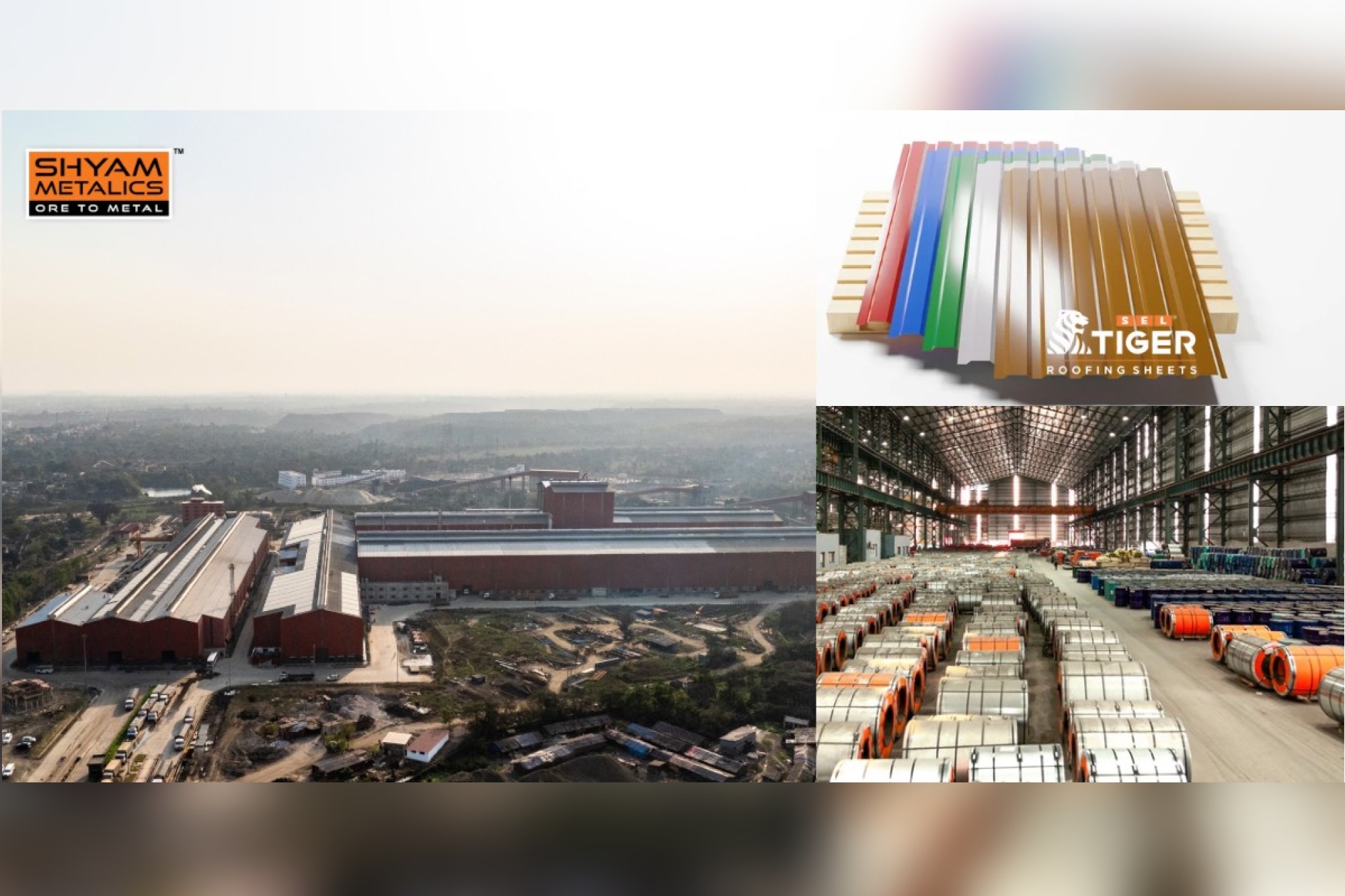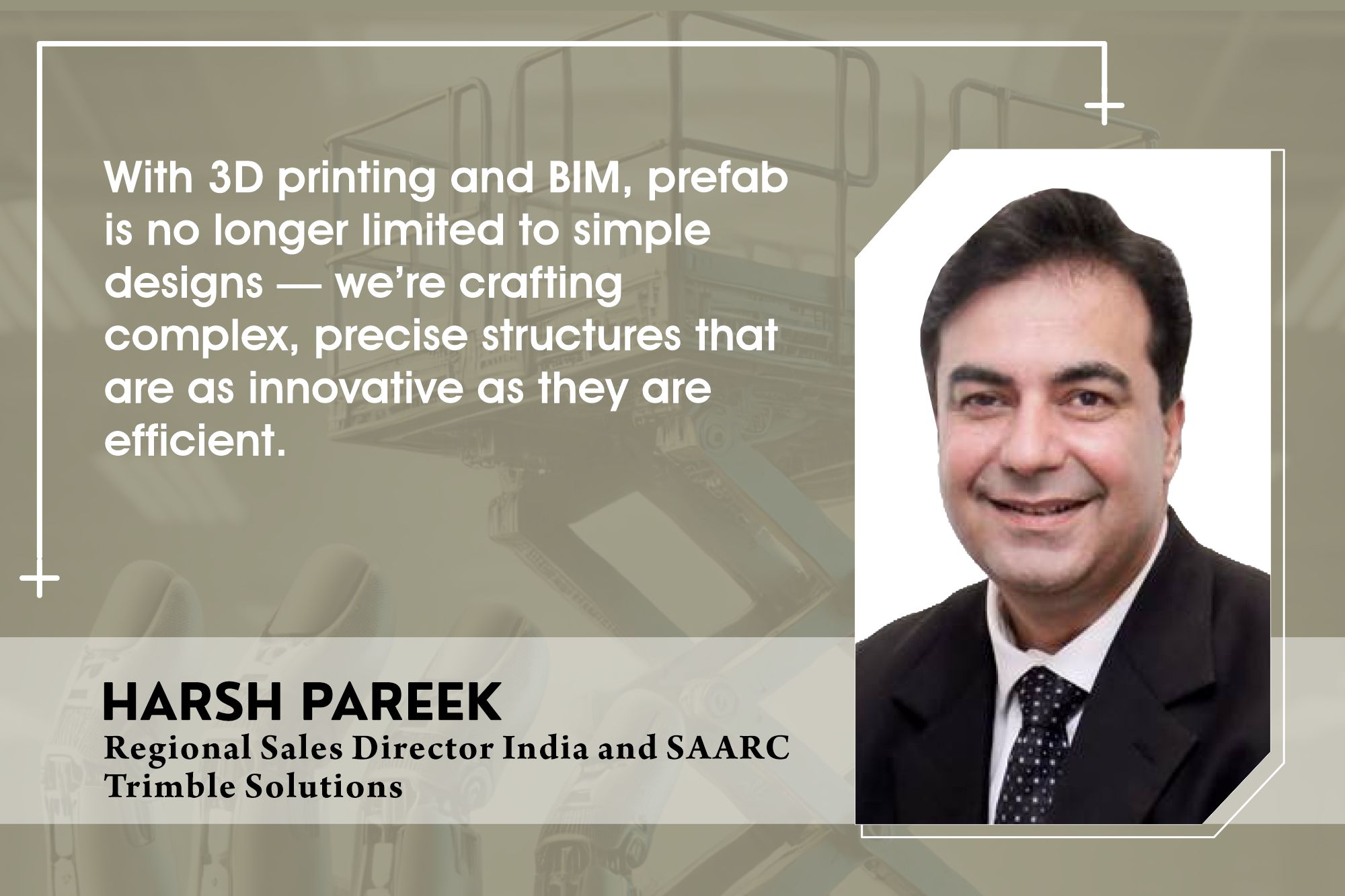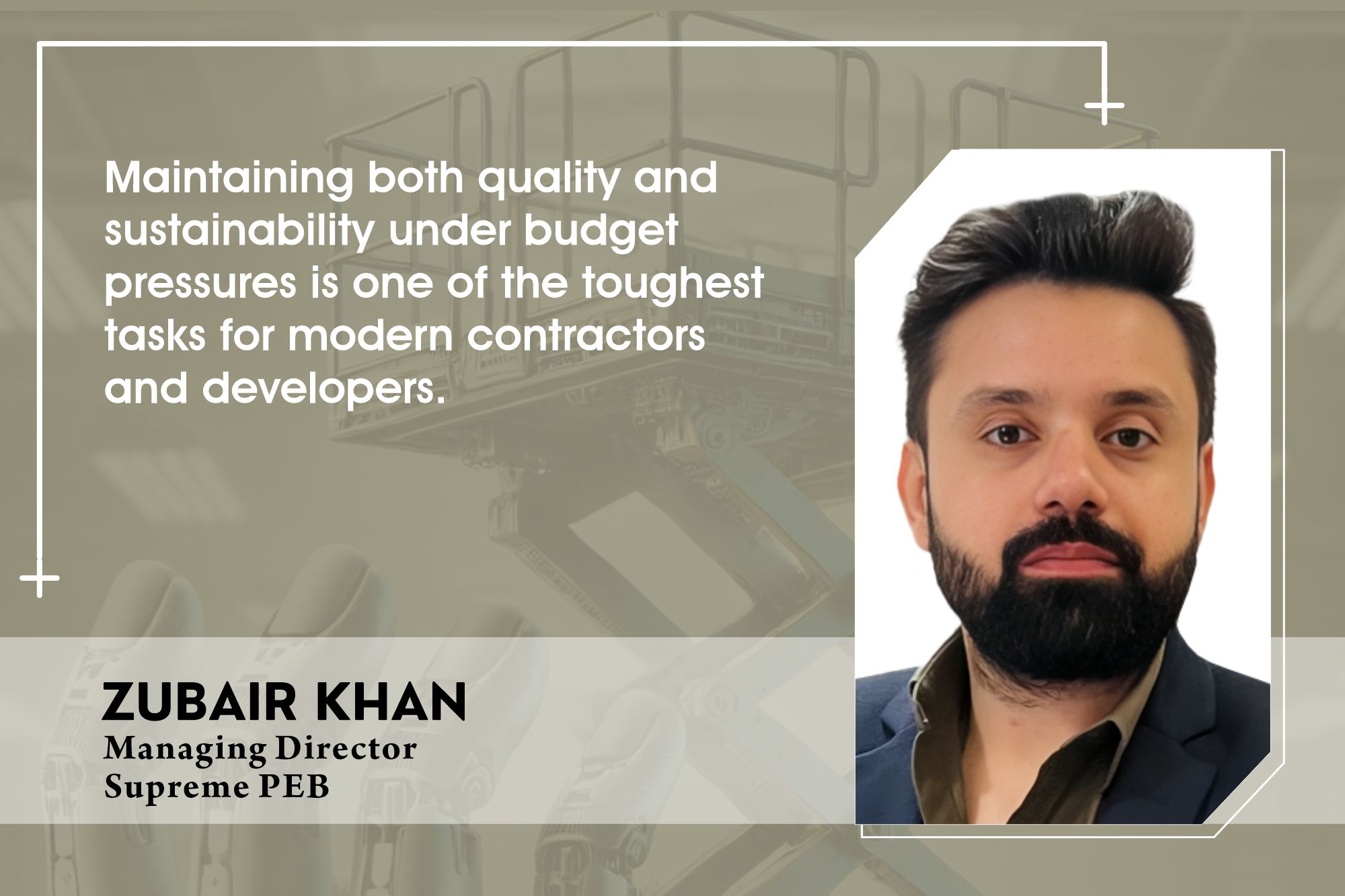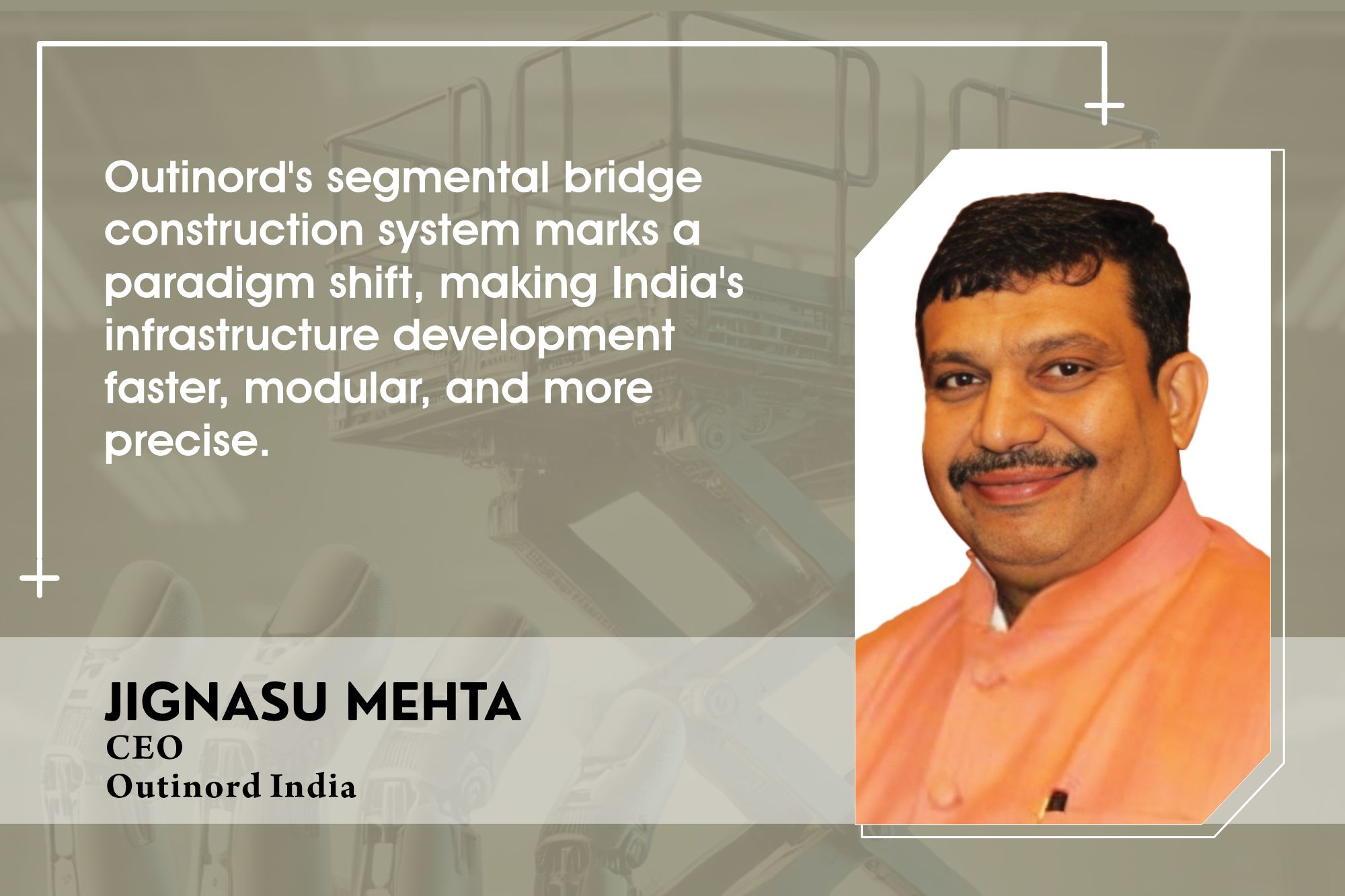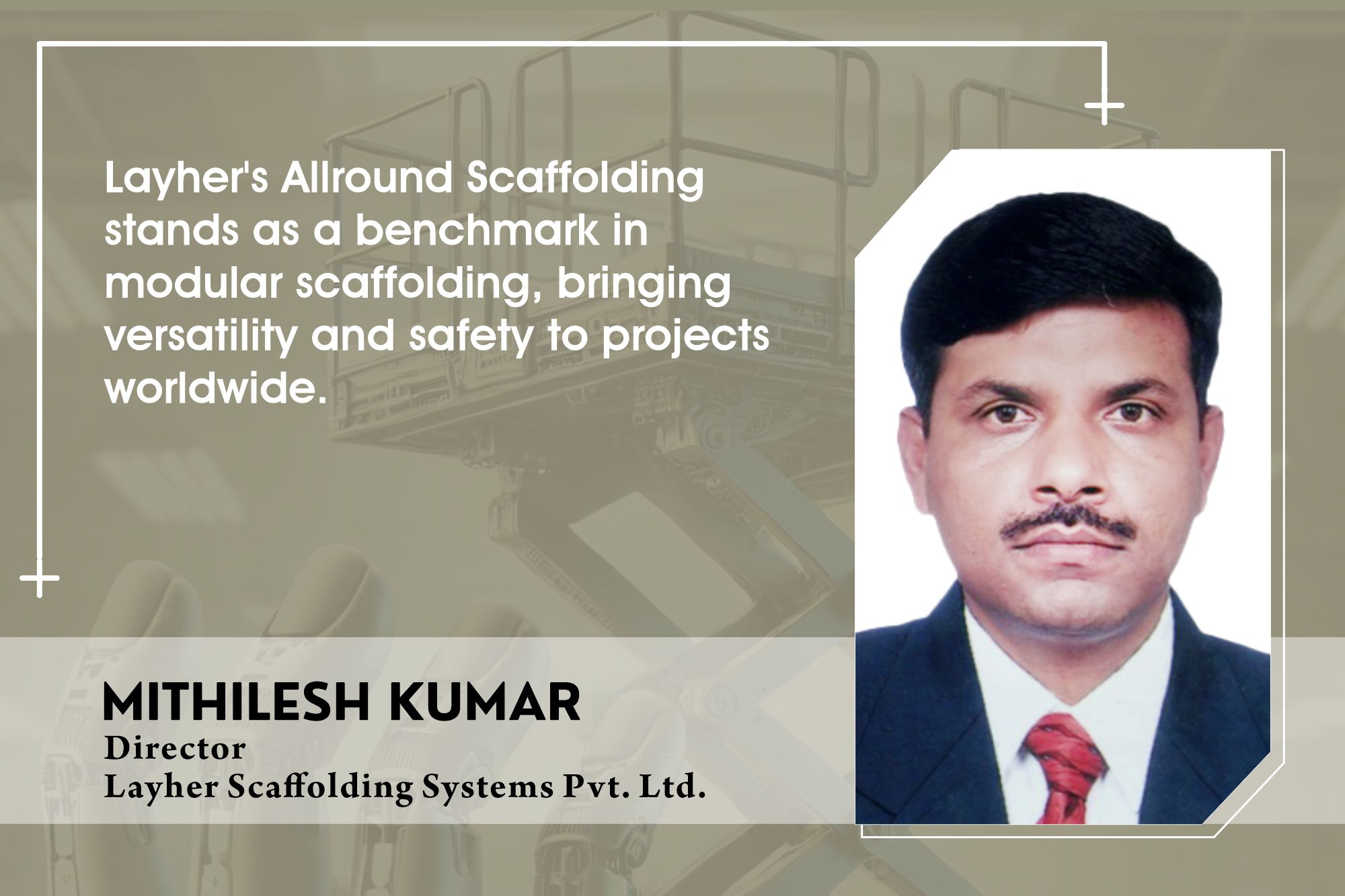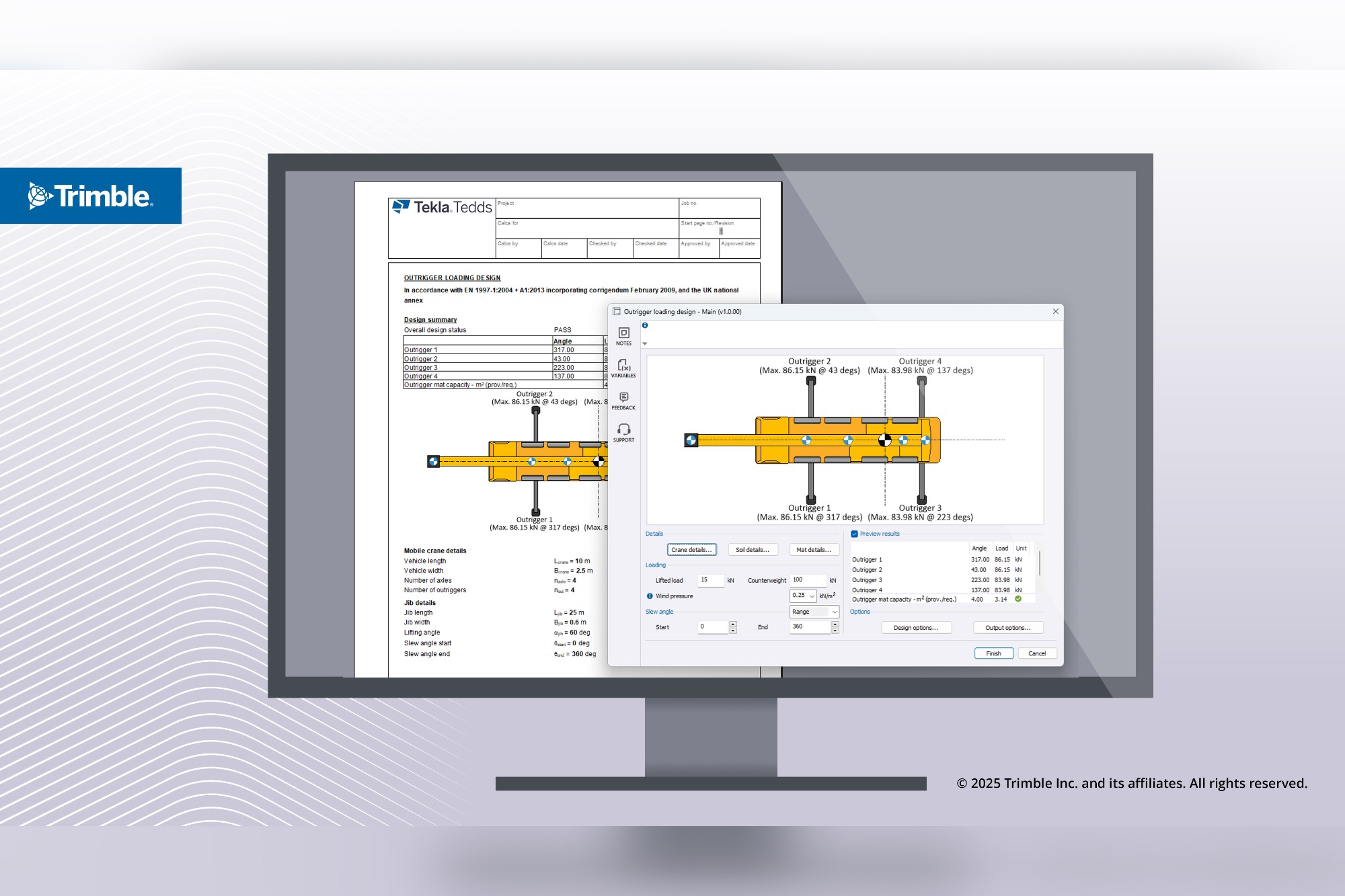Advantage Steel Buildings
By Edit Team | May 7, 2015 10:03 am SHARE
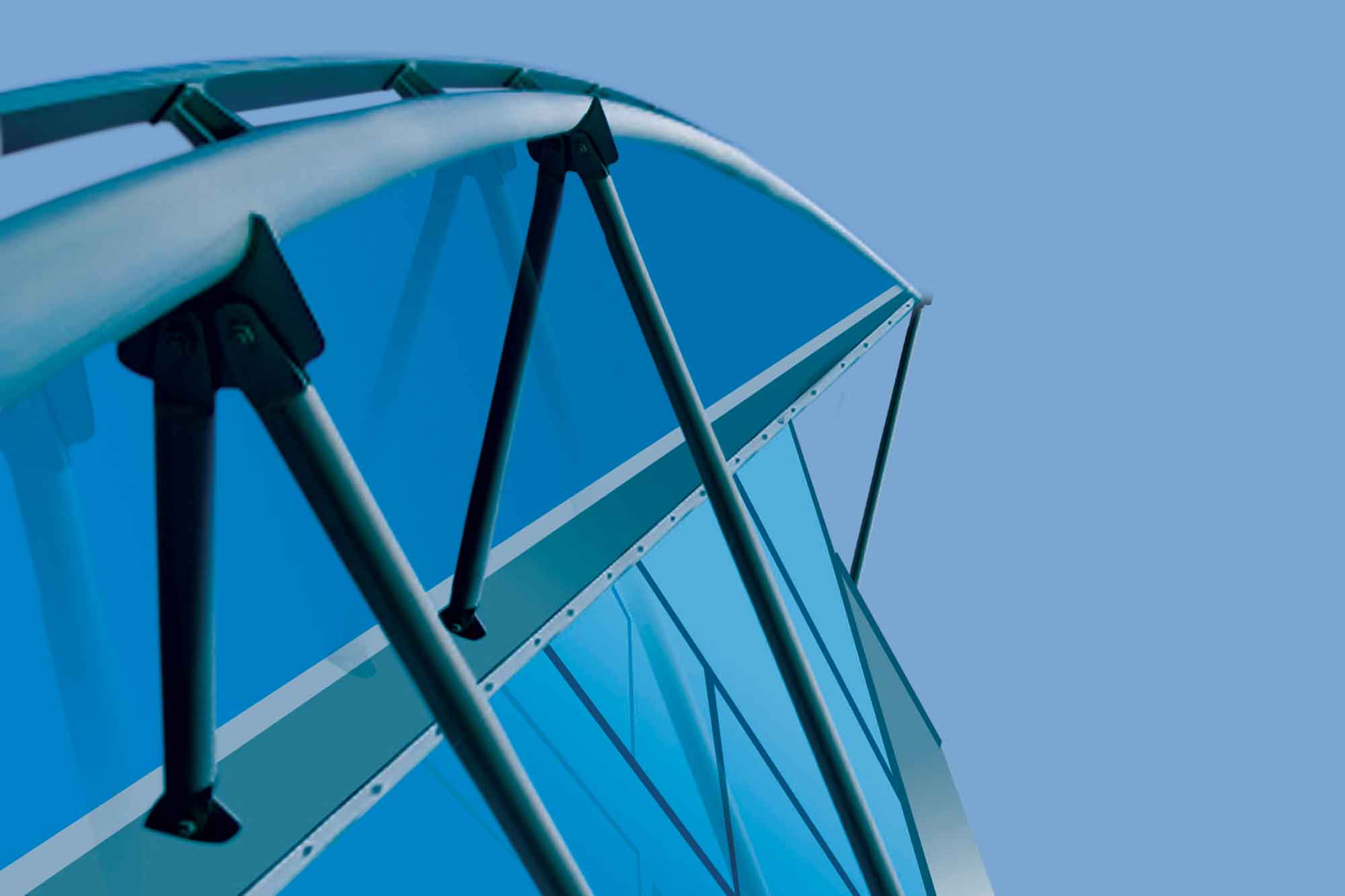
Leading industry-experts talk about the enormous advantages that steel buildings offer
A steel building is a metal structure fabricated with steel for the internal support. Steel provides several advantages over other building materials. Steel buildings are simple in design, easy to construct, light weight and designing time is significantly reduced compared to the conventional buildings.
Advantages of using steel buildings
Construction has evolved continuously over the years. From natural habitat, the choice of materials has evolved from thatch, to mud, then stone, later concrete, and now steel. There have been other options also along the way, some of which are still in use. Today, use of steel in construction is not limited to providing structural strength. For a wide range of buildings, construction practices are moving from ‘steel in buildings’ to ‘buildings in steel’. “The principal drivers for this shift are time and cost. Compared to conventional materials, buildings in steel can be completed faster and cheaper,” comments Rohit Ranjan, General Manager Marketing at Tata BlueScope Building Solutions. “Since steel buildings are lighter, there is lesser demand on foundation design as well. Also, the inherent properties of steel allow for greater design flexibility.”
He adds, “The advantage of faster building completion is that building owners can start generating revenues faster, earn profits sooner, and improve returns on investment. If starting operations sooner is not the priority, building owners can manage their cash flows better. They can push-back spend, without adversely affecting project time-lines, and consequently business operations.”
Some advantages outlined by I V Ramana Raju, Senior General Manager – Sales & Marketing, Pennar Engineered Building Systems Ltd. are as follows:
• High strength to weight ratio: Weight of the structure made of steel will be less resulting in less member sizes and foundations
• Uniformity in strength: Properties of steel do not change as opposed to concrete
• Ductility: Steel can withstand extensive deformation without failure under high reversal of stresses especially in the case of earthquakes
• Toughness: Steel has both strength and ductility
• Additions to existing structures: New bays or entire new wings can be added to existing frame buildings and steel bridges may easily be widened
• Ability to span long distance: Steel is good for clear/longer span. With steel, providing column less space is much economical than RCC
• Faster occupancy: With PEB’s, one can save 20 to 25 per cent time in construction for industrial buildings and around 40 per cent for multi-storeyed buildings. Early occupancy generates early returns
• Cost efficiency: Optimised design results in less usage of steel and cost
• Flexibility of expansion: PEB’s are easy to expand or modify in future
• Low maintenance: PEB’s need very minimal maintenance
• Earthquake and hurricane resistant: PEB’s are designed to take care of earthquake/hurricane impact
• Single-source responsibility: In PEB’s, responsibility starting from design till erection lies in single hand, hence no hassle of multiple agencies
• Factory controlled quality: From raw material till finish, at every stage, quality is controlled thoroughly
• Re-locatable: PEB buildings can be dismantled and re-erected at other locations.
• Quality: Quality building is achieved as all fabrications happen inside controlled factory environment by use of advance welding machines.
Explaining the prime advantages of steel buildings, Anjan Dutta Roy, Vice President, Tiger Steel Engineering India Pvt. Ltd. said, “Steel building weights are generally less compare to RCC, hence the earthquake force affecting the building will be reduced at the same ratio. Steel is 18 times more ductile than RCC which ensures energy absorption when exposed to deformation beyond the flexibility behaviour, this feature gains importance under dynamic loads.”
According to Mr Roy, benefits of using steel buildings are:
• Earlier possession of the building provides faster ROI
• Large unsupported spans
• Steel construction allows slender columns resulting in maximising floor area
• Advantages include excellent strength to weight ratio resulting in lower foundation costs
• Economic methods for shaping and curving
• PEB allow off-site manufacture resulting in less site activity
• Bolted and connections are generally exposed and therefore are simple to check for quality
• Steel buildings can be relocated or recycled once its use has been overtaken by events.
The concept of steel buildings gained impetus in the Indian markets in the early 2000 and the usage of steel and especially steel is growing very rapidly in the Indian construction industry. According to D Raju, Managing Director at Kirby Building Systems India Ltd., in 2000, when Kirby Building Systems India Ltd. started its operations in India, PEB concept was not well known in the country. Today Kirby Building Systems India Ltd. has a capacity of 200,000 MT per annum with Hyderabad and Haridwar each having an annual capacity of 100,000 MT respectively.
“Changes in government regulations, industry friendly policies and promotion of India as preferred FDI destination also resulted in heavy FDI inflows thereby giving a further boost to the PEB technology,” Mr D Raju said.
Arvind Nanda, Founder Director and CEO, Interarch Building Products Pvt. Ltd. says “Pre-engineered steel structures are not just eco-friendly, but also profitable in the long run. The structures are made of 100 per cent steel which is recyclable up to 90 per cent, this saves primary resources and reduces waste hence saves energy”.
“The structure by Interarch Building Products Pvt. Ltd. help in reducing the carbon footprint by reducing the solid waste, improving air and waste quality and conserving natural resources by reducing the rate of consumption,” Mr Nanda claims.
Materials used and applications
Material used for building steel structures is known as mild steel which is immensely strong. Mr Ranjan shares some interesting points as follows:
• Use of insulation, double skins, high reflectivity paints and a host of other design elements, make steel buildings suitable for almost all applications. Skylights, louvers, vents, etc. reduce spend on artificial lighting, ventilation and environment control.
• There is no mixing or preparation required at site, hence limited disturbance to local flora. This makes steel buildings ‘greener’ as well.
• Steel is the preferred material for all prefab structures and PEB use steel which is more than 80 per cent recyclable.
• Building owners can choose from a wide range of profiles for roof and wall cladding.
“Standing seam profiles, like the MR-24 roof system offered by Tata BlueScope Building Solutions, perform the best on leakage prevention. This helps protect machines and materials in the building, and allows uninterrupted work,” Mr Ranjan adds.
Some of the main PEB applications include factories, warehouses, workshops, showrooms, petrol stations, site offices, supermarkets, aircraft hangars, cold storages, metro stations, shipyards, sport stadiums, offices, etc. “In current scenario, anyone planning to put up a factory or a warehouse immediately thinks of a PEB with the industry yet to achieve its true potential,” says D Raju.
Challenges
Experts believe that the perception about steel buildings being costlier is only a notion as the industry has grown by more than 15 to 20 per cent during the first decade of this century. This growth is in itself shows that these structures are not very expensive but slightly costlier than concrete structures.
However, Mr D Raju reveals, “One of the main challenges faced by the PEB industry in India include acceptance among the Indian corporate which is still moderate when compared to developed economies.”
Comparisons between steel and concrete buildings will always exist. Commenting on this aspect, Mr Roy said, “One important principle where concrete can challenge steel is the time duration between the completed design drawings and the fabrication of structural steel components. It is up to the steel detailer or fabricator to speed up this process. But in construction site concrete can never compete with steel either structural reliability or construction time.”
Conclusion
Construction contributes to more than 66 per cent of total steel consumption and in advanced countries more than two-third of the buildings are made in steel. The government should promote steel as construction material for speedy implementation of the projects and avoid cost overruns and project delays.
Experts observed that there is almost no risk of error on the steel frame members that are manufactured and controlled at factory and that can be assembled very easily. By using structural steel in the load bearing system, various geometrical forms can be designed, which is not possible with other materials. Also, as components of steel buildings are manufactured in a controlled environment, quality of steel buildings is typically better.
However, designers and engineers need to understand fabrication methods, and should try to fit their work to the fabrications facilities available. The more the designers knows about the problems, tolerance, and clearances in shop and field the more probable it is that reasonable, practical and economical designs will be produced. n
___________________________________________
Pre-engineered steel structures are not just eco-friendly, but also profitable in the long run.
Arvind Nanda,
Founder Director and CEO,
Interarch Building Products Pvt. Ltd.
______________________________________
Compared to conventional materials, buildings in steel can be completed faster and cheaper.
Rohit Ranjan,
General Manager-Marketing,
Tata BlueScope Building Solutions
_______________________________________
In current scenario, anyone planning to put up a factory or a warehouse immediately thinks of a PEB with the industry yet to achieve its true potential.
D Raju,
Managing Director,
Kirby Building Systems India Ltd.
___________________________________________
Steel can withstand extensive deformation without failure under high reversal of stresses especially in the case of earthquakes.
I V Ramana Raju,
Senior General Manager – Sales & Marketing, Pennar Engineered Building Systems Ltd.
_____________________________________
Steel is 18 times more ductile than RCC which ensures energy absorption when exposed to deformation beyond the flexibility behaviour.
Anjan Dutta Roy,
Vice President,
Tiger Steel Engineering India Pvt. Ltd.
Cookie Consent
We use cookies to personalize your experience. By continuing to visit this website you agree to our Terms & Conditions, Privacy Policy and Cookie Policy.


